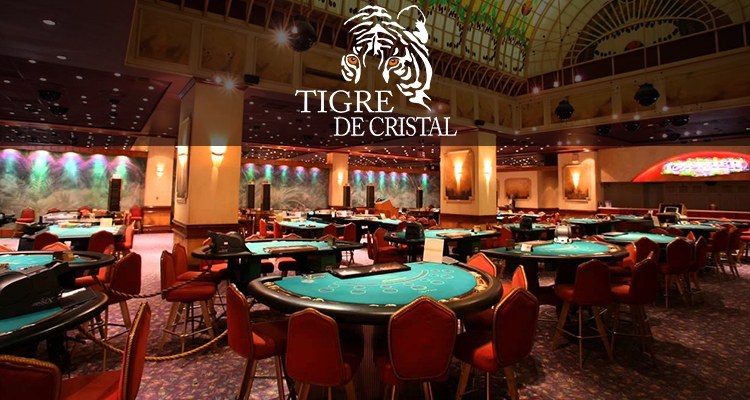Lawrence Ho’s Tigre de Cristal casino in Russia’s Siberia has been forced into significantly lowering its main casino floor offer due to illegal gambling operations in the region that unfairly compete with the casino, local media report. The cutbacks will apply to every part of their casino operations, including poker, table games, and slots, says Craig Ballantyne, director of the casino’s operator G1 Entertainment.
Tigre de Cristal opened with a grand ceremony in November 2015 as the first casino in the Primorye Integrated Entertainment Zone the government set up for the industry after attempting to shutter thousands of illegal casinos and closing thousands more.
The resort generated over $8 million in taxes during its first year, prompting G1 Entertainment to invest an additional $500 million in an expansion project. However, Ballantyne now explains that the casino hasn’t been able to drive attendance to their main floor sector, despite all efforts.
Originally, the casino launched with 651 slot machines and 67 tables, but will now be reducing that number to 55 tables and 319 slots, while completely scrapping their table poker offer altogether. The number of slots was previously lowered to 477 after attendance failed to meet “initial expectations”. The casino responded to this by launching a marketing campaign in 2016 which reportedly proved unsuccessful in driving attendance or revenue.
Ballantyne cites illegal gambling operations in the Primorsky region that negatively impact legal businesses. He says that gaming rooms can be found in commercial businesses and private apartments while slots halls are disguised as internet cafes. According to him, there are at least eight illegal poker clubs in Vladivostok, which confirms that the interest is there, but they had to temporarily remove all their Texas Hold’Em tables to prevent losses since performance showed a legal poker club had little support. The non-sanctioned poker rooms openly advertise on social media, which Ballantyne says should be of great concern to the local authorities.



